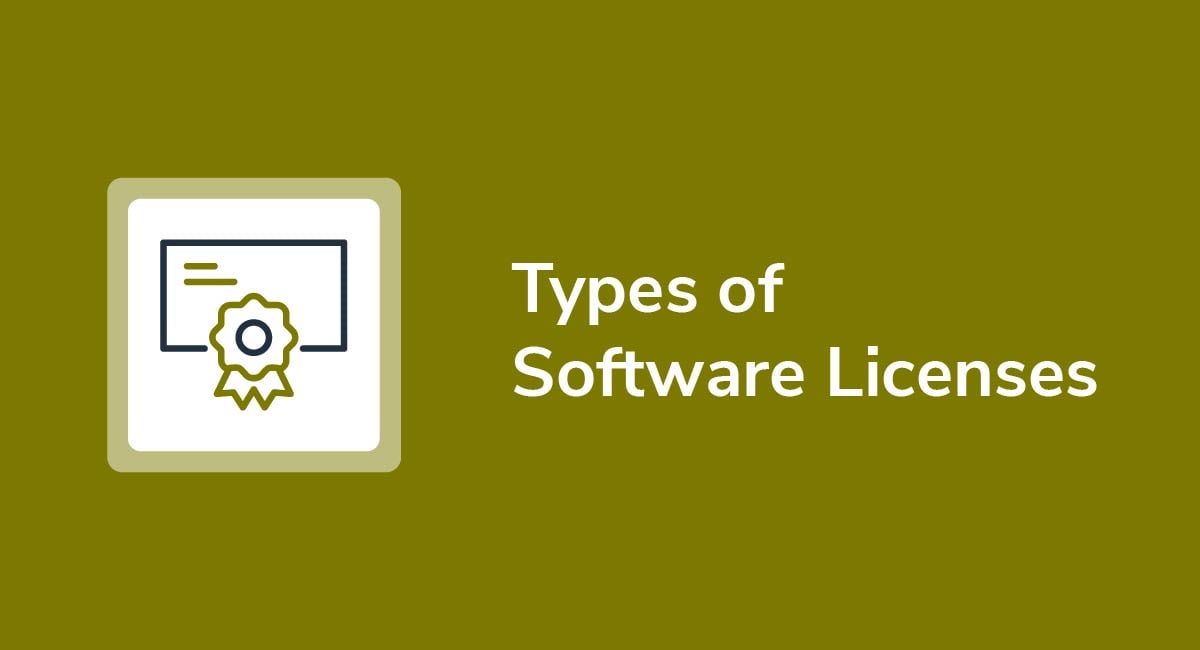Past the Barrier: Investigating Authentic Software Licensing Practices
In the fast-changing digital landscape, applications has become an integral component of both personal and professional environments. As this dependence on technology comes the essential necessity for understanding and applying real software licensing practices. Authentic software licenses not only safeguard the rights of creators and creators but also ensure users have the ability to use dependable, protected, and completely backed products. As organizations and individuals traverse the complex world of software procurement, the importance of adhering to legitimate licensing practices is of utmost importance.
During this investigation, we will explore what defines authentic software licenses, the possible risks associated with using unlicensed software, and the advantages that come from being in accordance with licensing agreements. By fostering a more profound understanding of these practices, we can nurture a culture of appreciation for intellectual property and guarantee that all users can benefit from the entire benefits of the software they use every day.
Understanding Computer Licensing
Application licensing represent legally binding contracts which define how software can be used, disseminated, and modified. They set forth the entitlements and constraints imposed on the user and help to protect the intellectual property of the application developers. Through these licenses, application developers can indicate if their product will be sold, rented, or offered for free. Multiple types of licenses address various user demands, enabling them to choose an approach that satisfies their requirements and goals.
One popular type of software license is the proprietary license, which permits users to purchase or lease software under specific terms. This kind of license frequently forbids alteration and redistribution, guaranteeing that the developer maintains control over their product. In contrast, open source licensing enable end-users to change, share, and use the application freely, fostering collaboration and creativity within the field. Every type of license has specific purposes, addressing diverse client choices and market standards.
Grasping the consequences of application licenses is crucial for end-users and entities alike. Not comply with the conditions of a licensing can cause legal consequences and loss of access to the application. Therefore, end-users must thoroughly examine licensing agreements and comprehend their entitlements and responsibilities. By doing so, they can guarantee they employ software ethically while backing the ongoing advancement and sustainability of the software environment.
Categories of Software Licensing
Software licenses can be broadly categorized into proprietary and open-source licenses. Private licenses grant the licensee rights to use the software but keep the source code private. This means licensees cannot alter or distribute the software without permission. Companies often create private licenses to protect their intellectual property and maintain authority over the software's usage. Examples include Windows OS and Photoshop, which require users to adhere to certain terms and conditions.

On the contrary, public licenses allow users to access, change, and share the code base freely. These licenses encourage collaboration and sharing within the software ecosystem. Public software is often developed by groups that collaborate to enhance it over time. Well-known examples of open-source licenses include the GNU GPL and the MIT, which each have their distinct terms that encourage various levels of use and modification.
Additionally, within the private and open-source categories, there are numerous types of licenses designed to meet particular needs. For instance, some licenses are designated as commercial licenses, which usually require payment, while others are no-cost or community licenses aimed at developers and educational institutions. Understanding these types of licenses is vital for anyone considering software usage, as they have implications for legality, functionality, and teamwork in software creation.
Best Practices for Compliance
Ensuring compliance with software license agreements is essential for organizations to uphold legal integrity and avoid unnecessary penalties. A key of the best practices is to carry out frequent audits of software usage within the organization. activatusoftware involves methodically reviewing all software in use to confirm that it is adequately licensed. By setting a routine audit schedule, organizations can swiftly identify any discrepancies and take corrective actions without delay.
Instructing employees about the value of complying with software licensing is equally important. Developers, IT staff, and end-users should all be made aware of the legal implications of using unlicensed software. Providing educational resources and workshops can cultivate a culture of compliance and awareness. This preventive approach can help mitigate risks associated with noncompliance and ensure that all staff recognize their responsibilities regarding software licenses.
Ultimately, organizations should consider implementing a software asset management (SAM) tool. Such tools can facilitate the tracking of software licenses, usage, and compliance status. By using SAM software, organizations can streamline the licensing process, maintain improved control over their software assets, and lower the likelihood of license violations. Leveraging technology in this area not only enhances compliance but also allows organizations to make smart decisions about software purchases and renewals.